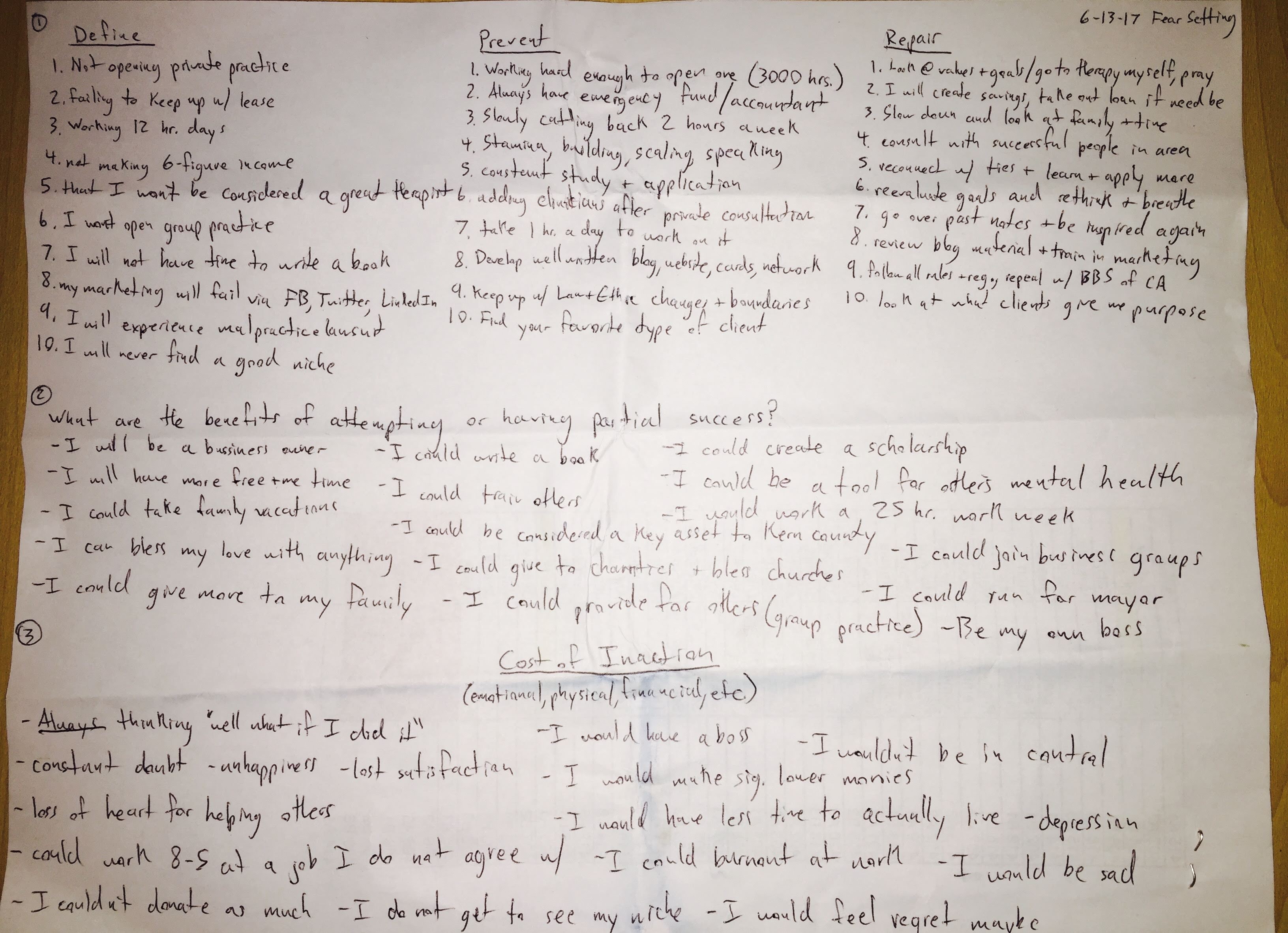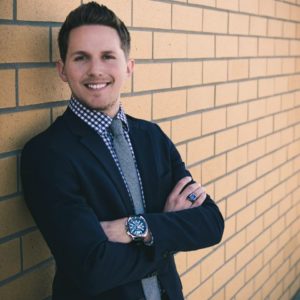You’ve heard the same thing over and over again: “Think big, dream bigger,” or my favorite, “It’s not about the destination, it’s about the journey.” Yes, they have their importance and have defined vision and purpose for many of us, but there’s nothing wrong adding a few more practical steps.
Before moving forward I’d like for you to think back for a moment. Think about when you were a child. What is it that you wanted to be? A therapist, perhaps? But not just any therapist, but the kind that can impact an abundance of people. A world renown therapist, entrepreneur, or something you find worthwhile. Now that’s the dream. That’s the vision.
There’s one beautiful difference between children and adults— children think big picture all the time. As you grow up you begin to hone in on what you’re interested in. Then you enhance more into that particular field. Pretty soon into a specialty. Very top down. Children don’t necessarily think this way as many of us were trained to understand. They think big picture and in very concrete helpful ways.
This is a benefit of their creativity and idea making. Children see the vision as unlimited as adults may limit their perspective. And it makes complete sense to do so with how life throws the hardest curve balls ever experienced. Adults like us could be on guard to make selective choices regarding vision and sometimes those choices are very limiting.
Children look at all choices and get creative to build newer ones adults are too nearsighted to even think of. So yes, think as a child would, and discover actionable steps that are small enough not to throw off your entire game.
So, how does one go back in time to the good ol’ days? How do we think in concrete ways versus the abstract? From what I gathered, this is a two-step approach:
1. The Four Quadrants
In a previous post I talked about ways to create the future you desire by practicing what I learned this from a great mentor. After you read that, come back to finish this post.
2. Stop Taking Normal Risks
You may have already opened a private practice, created an online presence, launched a new idea online or something similar—you already know how stressful risk-taking is. But, I implore you to keep taking that risk, but with one important difference.
Keep your risk calculated. Always.
See this piece of paper below? Messy right?

What you’re seeing here is a 5-step calculated risk flow chart.
I jotted this down two years in 2017 with the hope it would plant a seed. And it did.
This Is How It Works:
- -Define the possible problems that keep you away from your vision happening (Column 1)
-Write down ways to try and prevent items in are 1 from happening. (Column 2)
-If the problems in area 1 do happen, write down every way you could possibly repair it. (Column 3)
- -Write down the benefits of attempting or having partial success with your vision.
- -Write down the consequences if you never take any action in the first place. This one is a reality check.
And there you have it, a hopefully newer idea of what it takes to produce vision.
Lastly, just like how all this information may seem like a lot now, it’s important to take it in one bite at a time, or a half step at a time. The point is to not take a step before seeing the whole staircase, create the staircase! Try not to overthink it so much that you don’t move at all. The point is to draw out risks and rectification steps, and then to take that first step of faith.
 Jacob Kountz is the founder of Kern Wellness Counseling, a mental health blog, in Bakersfield, CA. His works have been featured on USA Today, Thrive Works, Fatherly, Martha Stewart Weddings, Thrive Global, and is a Practice of the Practice monthly contributor. His blog has also been ranked as one of the top 60 Mental Health Blogs and Websites to Follow in 2018. Currently, he is a full-time graduate student and a Clinic Manager of a mental health training clinic at a local CSU where he provides therapy for individual adults, adolescents, and children, couples and families. He aspires to one day open a private practice in Bakersfield, CA so he may continue to serve his local population.
Jacob Kountz is the founder of Kern Wellness Counseling, a mental health blog, in Bakersfield, CA. His works have been featured on USA Today, Thrive Works, Fatherly, Martha Stewart Weddings, Thrive Global, and is a Practice of the Practice monthly contributor. His blog has also been ranked as one of the top 60 Mental Health Blogs and Websites to Follow in 2018. Currently, he is a full-time graduate student and a Clinic Manager of a mental health training clinic at a local CSU where he provides therapy for individual adults, adolescents, and children, couples and families. He aspires to one day open a private practice in Bakersfield, CA so he may continue to serve his local population.

